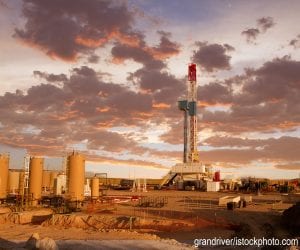When you think of a science classroom, what comes to mind? Beakers? Posters diagramming cell composition or the water cycle? Lab benches? How about handouts defining relevant scientific vocabulary and strategies for decoding unfamiliar words? In science classrooms across the country, more and more students are seeing all of these things.
Movement Towards Disciplinary Literacy
According to the 2016 Education Week article Common Core: Teach Literacy in Every Subject, the inclusion of a literacy focus in subject areas like science and social studies is becoming increasingly popular. Common Core standards on Literacy in History/Social Studies, Science, & Technical Subjects call for educators to teach students how to read, write, and analyze class material like a historian or scientist would. While strengthening students’ overall reading ability, disciplinary literacy (as it has since been termed), also allows students to practice the reading and writing conventions of professionals in that field.
Population Education Offers Literacy Focused Science Workshop
Last November, Population Education offered our first literacy-focused science workshop to upper elementary and middle school teachers during a district-wide professional development day. The workshop was called Literacy & Science: Interdisciplinary Instruction through Teaching Population Issues and attracted teachers from a variety of subject areas. The session introduced participants to literacy-focused PopEd activities that challenge students to think critically and scientifically about contemporary environmental issues. At the conclusion of the session, one teacher wrote, “I really enjoyed the Who Polluted the Potomac? activity because it allows students to connect to the issue before actually reading about it.” Population Education has a wide variety of activities and lesson plans that can help teachers of all grades teach their students how to think, read, and write like scientists.
Promoting Science Literacy through Population Education Lessons
In the lesson Who Polluted the Potomac?, students experience the pollution of a local river over time through an interactive group story and simulation. They propose methods to protect the river from current and future pollution. In an extension activity outlined at the end of the lesson, they also have the opportunity to search for local waste and pollution management services on their city or county website. In groups, students can then compare the methods they found online with the methods they proposed after participating in the river pollution simulation. They can hypothesize which techniques might be the most effective and then present their findings to the class.
Disciplinary Literacy Prepares Students for the Future
Activities like this prepare students to be successful communicators in professional careers like that of Barbara Eikenberry, a hydrologist at the United States Geological Survey’s Water Sciences Center in Middleton, WI. In an interview about how she communicates within her work, Ms. Eikenberry stated, “I’m always working as part of a team. We each work on different pieces of a study. We communicate pretty often with each other – either by e-mail or talking one-on-one.” Many of Population Education’s activities give students the opportunity to practice just this – learning about and proposing solutions to contemporary environmental issues while working in teams.




